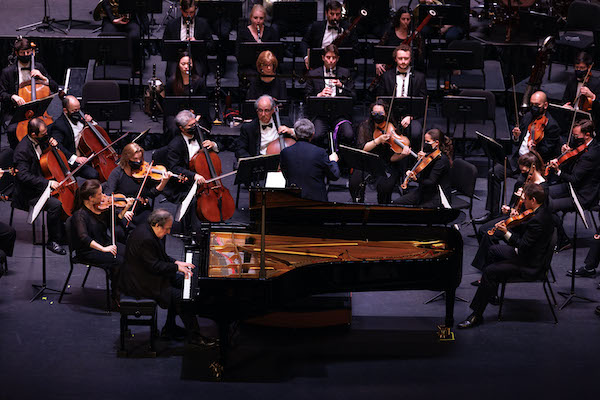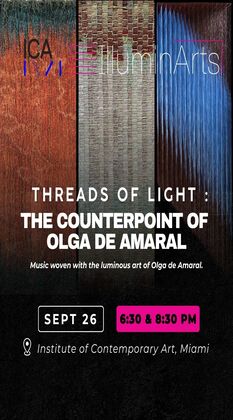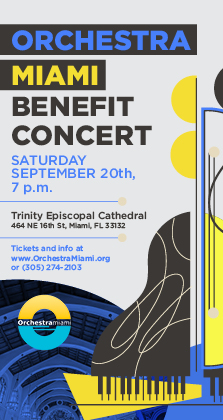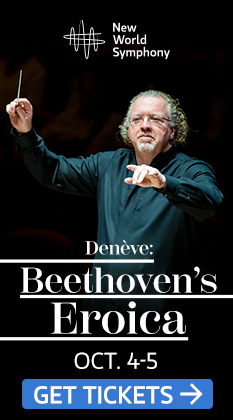Bronfman brings emotional depth as well as bravura to Rachmaninoff with Palm Beach Symphony

Yefim Bronfman has made a specialty of Rachmaninoff’s Piano Concerto No. 3, a work often considered the most difficult in the repertory.
Yet to watch the pianist perform it, as he did Monday night at the Kravis Center with Gerard Schwarz and the Palm Beach Symphony, is not to see a pianist reveling in keyboard theatrics, flinging his hands in the air and bringing them down with a crash. Although Bronfman’s technique is world-class, what stood out was the sense of drama and lyricism he brought to the work.
In his hands, the melodies of the first movement had a sense of vulnerability and discovery. In the cadenza—the show-offy solo episode that can be the weakest part of a concerto—he sustained a long crescendo, from elaborately filigreed melodies through jackhammer octave runs—that made it one of the most compelling parts of the performance. Throughout, from lyric melodies to elaborate webs of notes, his focused on the long musical line.
For all the virtuosity the work demands of the pianist, it’s equally an orchestral work, with Rachmaninoff relying on the orchestra to bring off the big tunes decorated by the piano. Under music director Schwarz, the Palm Beach Symphony gave a polished and full-blooded performance. Particularly strong was the orchestra’s playing in the opening of the Adagio, bringing a languorous gleam to the movement’s clashing harmonies and bittersweet passion.
One of the most striking passages in this Rachmaninoff concerto is the last climax of the finale, when orchestra and piano join together for a statement of the theme. Bronfman, normally fairly placid to look at, despite the gymnastics performed by his fingers, jumped from the piano bench a couple of times bring his hands down harder on the keyboard. As the music started to swell, he looked up at Schwarz a couple of times, and piano and orchestra joined for the organ-like anthem that did Rachmaninoff’s expertly crafted high point full justice.
In response to the standing ovation, Bronfman gave a brooding, furious, technically immaculate account of the speedy final movement of Beethoven’s Piano Sonata No. 23,“Appassionata.”
The concert opened with a rarity, the tone poem Kikimora by Anatol Liadov, a late Romantic who died in 1914. With the colorful orchestration you’d expect of a Russian composer of his generation, the work paints a portrait of a mountain-born demon who torments humanity.
The tone poem had the sinister humor of Strauss’ Till Eulenspiegel, with orchestration that sounded like Tchaikovsky. The lower winds performed dark passages with style and luster, and the whole orchestra tossed off the brief piece with wit and verve.
The second half of this all-Russian concert was devoted to Shostakovich’s Symphony No. 5, a work composed during the darkest time of Stalin’s grip on the Soviet Union and one of the most popular symphonies of the 20th century. Under Schwarz, the orchestra gave a tautly committed, dramatic performance of this vast orchestral canvas.
The grim minor-key motif of the opening movement was tight, terse and muscular. The movement is full of icy melodies high in the violins that still sound bracing and modern, 84 years after the symphony’s premiere. In these exposed passages, the symphony’s violins performed superbly, playing with precision and incisive purity. Schwarz skillfully built up the climaxes, with their grinding dissonances. Particularly effective was that one that includes a demented military march, complete with snare drum, toward the end, although that passage was marred by brass that were too loud. The soft-edged major key section at the movement’s end glowed with tones of comfort after the preceding musical violence.
The performance of the Allegretto felt a bit heavy for Shostakovich’s manic, nervy humor, but the orchestra’s playing remained polished throughout.
After the aggression of the preceding movements, with their blaring brass and snapping percussion, the Largo appeared as the emotional heart of the symphony. Strings gave a searing account of the opening, in tones that were rich, balanced and resonant. Solos for clarinet, oboe and flute were bleak and lonely. Particularly moving was the pianissimo passage toward the end, with the full orchestra producing soft, balanced tones of consolation.
The concluding Allegro opened with outstanding brass playing, aggressive, biting and weighty. The work’s blaring, trumpet-topped ending is famously ambiguous. Does it represent the triumphant finale of a darkness-to-light journey à la Beethoven’s Fifth? Or did it express the mandatory jubilation dictated by the cultural Politburo?
Schwarz appeared to come down on the ironic three-cheers-for-Stalin interpretation, giving the ending a rote, hollow feeling, compared to the stark emotion that characterized the slow movement.
The Palm Beach Symphony’s next concert is 7:30 p.m. March 7 at the Kravis Center, with conductor Gerard Schwarz and pianist Maria João Geissberger Pires. The program includes Mahler’s Symphony No. 4 and Beethoven’s Piano Concerto No. 3. palmbeachsymphony.org
Posted in Performances
Leave a Comment
Tue Jan 11, 2022
at 10:34 am
No Comments



